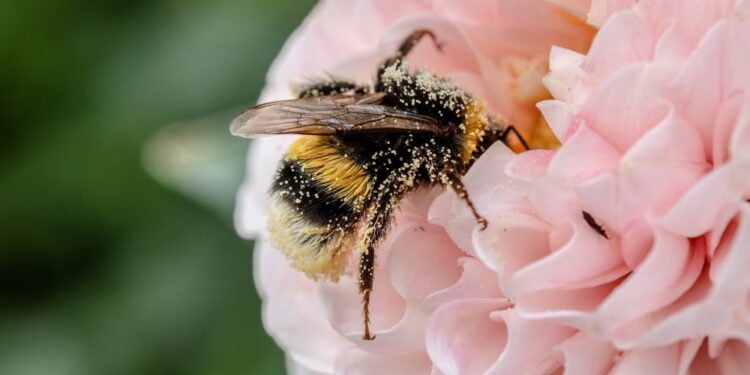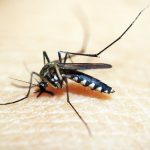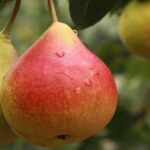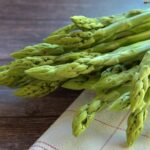
National Pollinators Month
June is National Pollinators Month, and it’s during this month that people are encouraged to not only remember the pollinators that make growing many vegetables, fruits, flowers, and grains possible but also to create a more hospitable environment for them in their yards and gardens.
Every year, the populations of butterflies, bees, and other pollinators decrease, and that is partly due to the loss of suitable environments for them to thrive. That’s why everyone is encouraged to turn their outdoor spaces into certified wildlife habitats by planting native plants. This will give pollinators nectar to dine on and hopefully help their numbers rebound in the future.
The History of National Pollinators Month
Even though we’re unsure of when National Pollinators Month was created, we do know that it was established by the National Wildlife Federation. They created the month to encourage people to plant gardens to increase native nectar and pollen-producing flowers in people’s yards. Flowers that provide food and shelter to native insects, especially pollinators.
Important Facts About Pollinators
We wanted to list some important facts about pollinators for everyone below to illustrate how important they are to human survival.
- Pollinators such as bees are important to our food production system.
- More than 100 U.S.-grown crops rely on pollinators.
- In the U.S., there are 4,000 types of bees.
- A queen bee produces a pheromone that unites the entire hive.
Observing National Pollinators Month
During this month, everyone should take part in the National Pollinator Garden Network’s Million Pollinator Garden Challenge. This challenge encourages people to plant gardens that support pollinators and then register them with the agency.
Contrary to popular belief, that doesn’t mean that a person has to plant a large, extensive garden. Any size garden can help native butterflies, bees, hummingbirds, and other pollinators. This includes windowsill gardens or even wildflowers planted alongside the road.
How do you plant a pollinator garden? That’s pretty easy. People can visit the website for Garden For Wildlife and search for native plants according to their ZIP code. For example, when we entered our ZIP code, it returned some flowers and plants native to our area.
This included Anise Hyssop, Downy Woodmint, Cardinal Flower, Wild Bergamot, and Orange Butterfly Milkweed. Once a person has planted a pollinator-friendly garden, they should take a picture of their garden and share it with the world using the hashtag #NationalPollinatorsMonth.
This is a great way to spread some beauty through the world and to encourage other people to create gardens for pollinators. If we all come together to do this, then we can help pollinators thrive. And that’s not only good for them, but it is also good for us.








